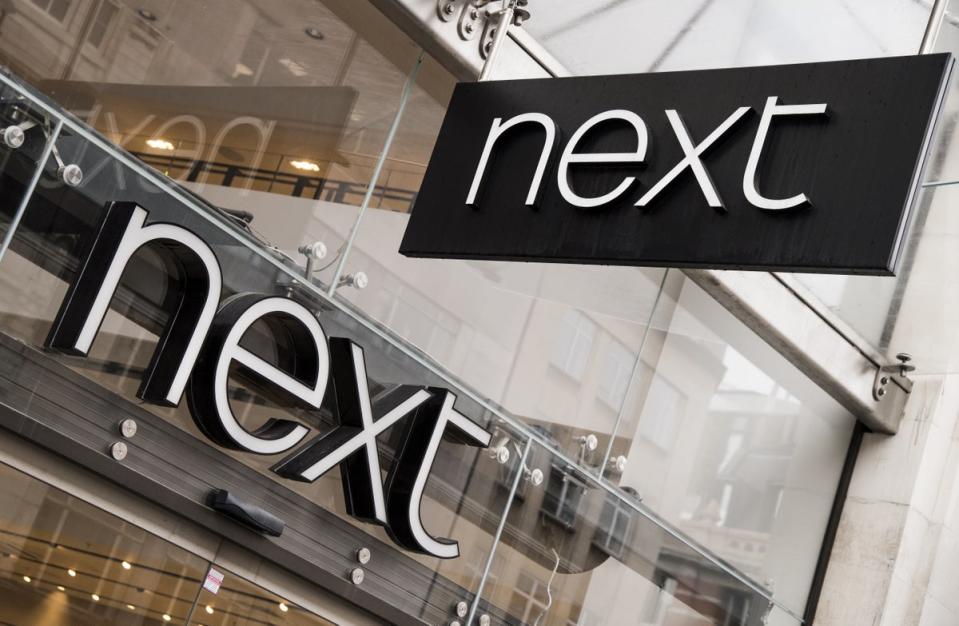Next hikes profit outlook after hot weather boosted summer sales

Fashion chain Next has upped its annual profit outlook after seeing full-price sales lift 5% in the past three months as the spell of hot weather boosted demand for summer clothing.
The group’s second-quarter sales performance exceeded expectations by £50 million, and the chain has lifted its full-year profit guidance by £10 million to £860 million.
Total sales jumped 5% in the three months to July 30 compared to last year, and leapt 23.8% higher versus to the same period in 2019 before the pandemic struck.
Costs are going up and we are going to have to pass it through to sales, which means people are not going to buy as much as they have in the first half of the year
Lord Simon Wolfson, Next's chief executive
In-store retail has had a “renaissance” while growth in online shopping ground to a halt, the retailer said.
“If you haven’t been to an event or to the office in three years, then the chances of you needing to re-stock your wardrobe is high,” Lord Simon Wolfson, Next’s chief executive, told the PA news agency.
“How long-lasting the trend for higher-quality, formal clothing can be, however, remains to be seen.”
The post-pandemic resurgence in retail also boosted sales of formal wear as demand for social events spiked, while lockdown winners like home and sportswear dwindled.
But Next expects the unusually warm weather to subside and the impact of soaring inflation on consumer spending to worsen, dampening sales in the second half of the year.
“While we haven’t yet seen any changes in consumer buying behaviour, we know that prices will go up and this will impact demand for new clothing,” Lord Wolfson added.
“Costs are going up and we are going to have to pass it through to sales, which means people are not going to buy as much as they have in the first half of the year.”
As the summer draws to a close, the cost-of-living crisis will clamp down hardest for households across the country.
Richard Lim, Retail Economics
Earlier this year, Next warned that prices will rise by as much as 6% by autumn and winter as it battled soaring costs of freight transport and higher staff wages.
But shipping disruption has improved since the pandemic and some costs are going back down, Lord Wolfson told PA.
“Post-pandemic we saw shipping times extended by as much as six months, but delays have now dramatically reduced and the speed of shipping has improved,” he said.
Richard Lim, chief executive of consultancy Retail Economics, commented that Next reacted quickly to shifts in consumer trends, but warned of waning demand for fashion in the coming months.
“As the summer draws to a close, the cost-of-living crisis will clamp down hardest for households across the country.
“Consumers will look to delay, trade down and cancel some purchases altogether as the rising cost of essentials erodes any spare cash they have left at the end of the month.
“Apparel will be one of the areas many consumers will look to reduce their spending, making do with their current wardrobes, cutting back on some areas or trading down to cheaper brands and own label.”

 Yahoo Finance
Yahoo Finance 